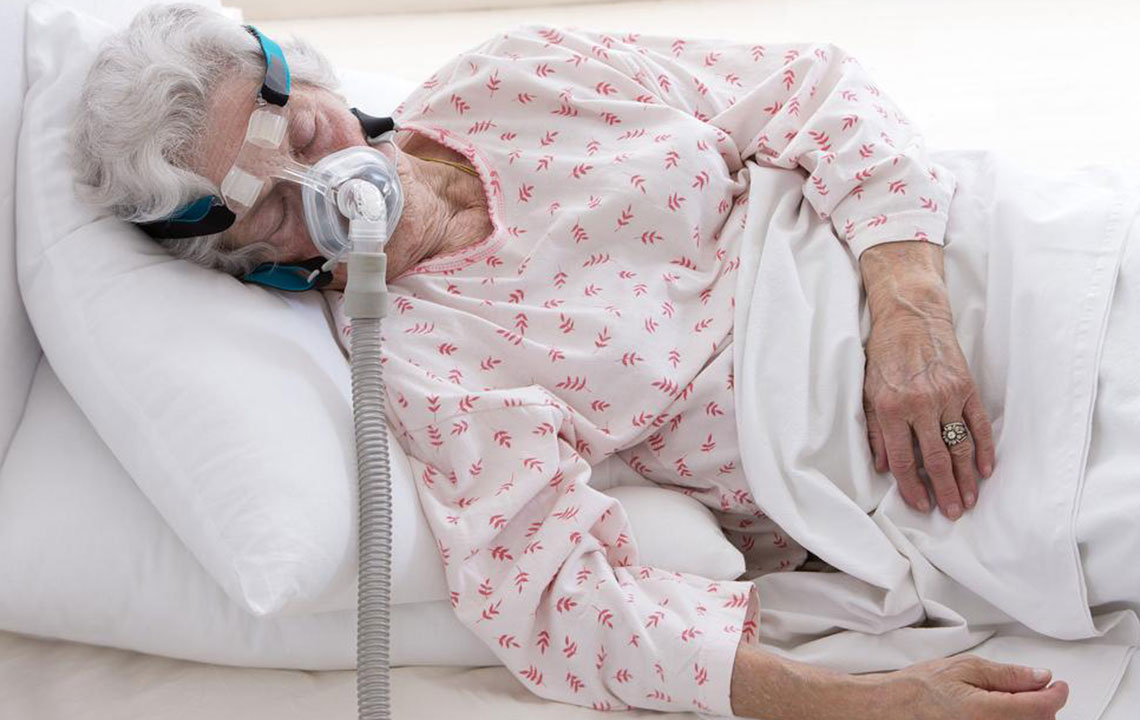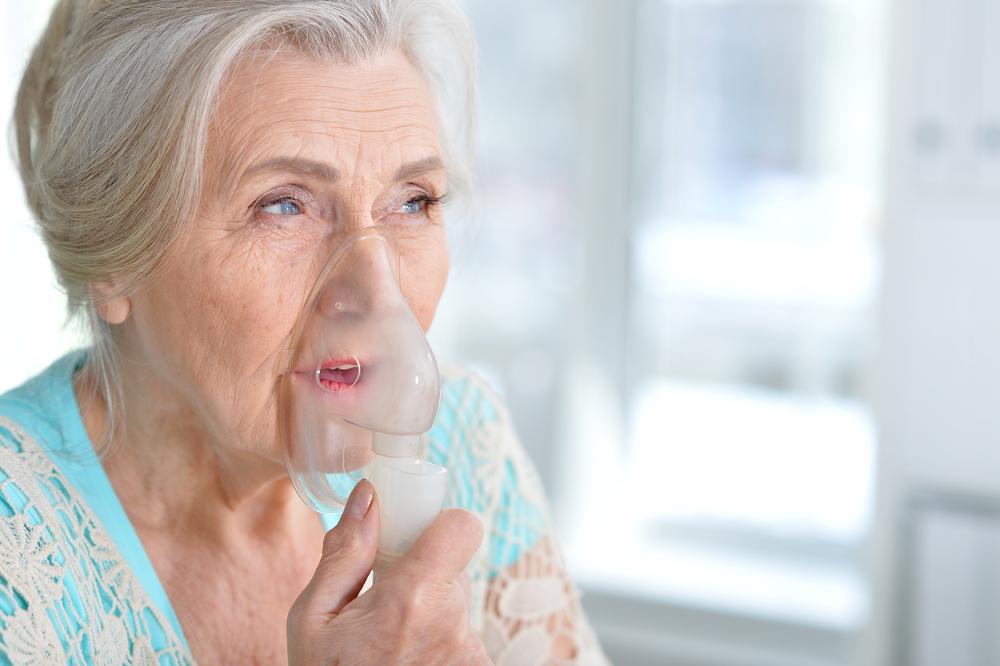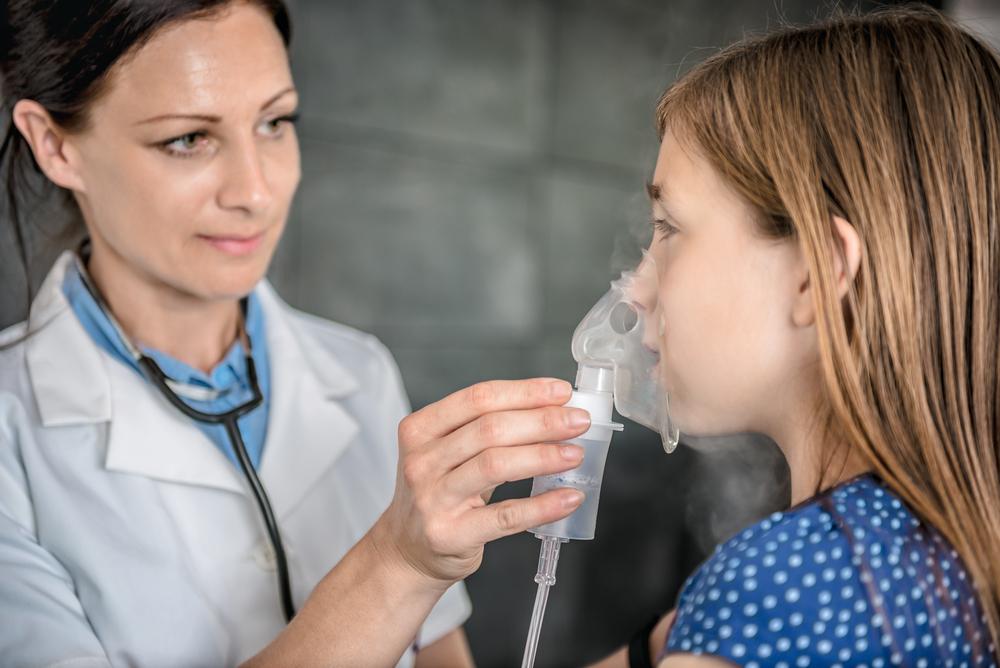Comprehensive Guide to Securing Insurance Coverage for Portable Oxygen Concentrators
Learn how to navigate insurance coverage for portable oxygen concentrators, including rental options, device choices, and tips for maximizing your benefits. Discover key details about insurance policies, reimbursement procedures, and how to choose the right device tailored to your medical needs. This comprehensive guide helps oxygen therapy patients understand their options, avoid unexpected expenses, and secure the best coverage for maintaining mobility and health.

Understanding Insurance Options for Portable Oxygen Concentrators
For individuals who rely on oxygen therapy to maintain their health, portable oxygen concentrators (POCs) are indispensable devices that offer mobility and independence. Whether you're traveling, doing daily activities, or simply need continuous oxygen support, understanding how insurance coverage applies to these devices is crucial to minimize out-of-pocket expenses. Navigating insurance policies for medical devices like POCs can be complex, but with the right information, you can make informed decisions that benefit your health and finances.
Does Insurance Cover Portable Oxygen Concentrators?
Determining whether your health insurance policy covers a portable oxygen concentrator involves a detailed review rather than a simple yes or no response. Insurance providers typically allocate specific budgets or categories for different oxygen therapy devices, which influence the level of coverage available.
Over recent years, the amount of insurance reimbursements for oxygen equipment has seen significant reductions, with some plans decreasing coverage by as much as 50% around 2013. This downward trend has caused many suppliers to exclude portable oxygen concentrators from their covered product lists. The main reason is the reduced profitability of offering continuous coverage, leading insurance companies to be more selective about what devices they support fully.
Important Facts About Insurance and Portable Oxygen Devices
Typically, insurance coverage for oxygen equipment rentals is limited to a maximum period, often capped at 36 months. During this rental period, suppliers provide the necessary devices and handle billing through your insurance provider on a monthly basis. The approval process for coverage often depends on ongoing assessments of your health condition, which means your eligibility might be reviewed periodically based on medical necessity.
Renting popular devices such as the Inogen One G3 is a common practice, and many insurance plans do cover rental costs. To ensure coverage, you'll need to verify with your insurance provider before proceeding. This involves submitting necessary medical documentation and consulting with your healthcare provider to confirm the device's suitability for your condition.
In addition to the device itself, insurance companies often cover accessories like masks, tubing, filters, and cannulas. If your medical records and recent tests demonstrate the need for these supplies, certain policies may extend coverage to include these items. Clarifying whether your preferred supplier accepts your insurance plan is critical to avoid delays or denied claims during the reimbursement process.
Though purchasing a high-quality portable oxygen concentrator can be beneficial—due to factors such as battery life, weight, and ease of mobility—it’s essential to consider your insurance coverage options. Comparing different devices, reading reviews, and evaluating prices will help you identify the most suitable device for your specific needs and financial situation.
Prior to making any decisions regarding purchase or rental, extensive research and consultation with multiple providers and insurance representatives are highly recommended. This will ensure you understand the full scope of your coverage, necessary documentation, and any potential out-of-pocket costs involved.





